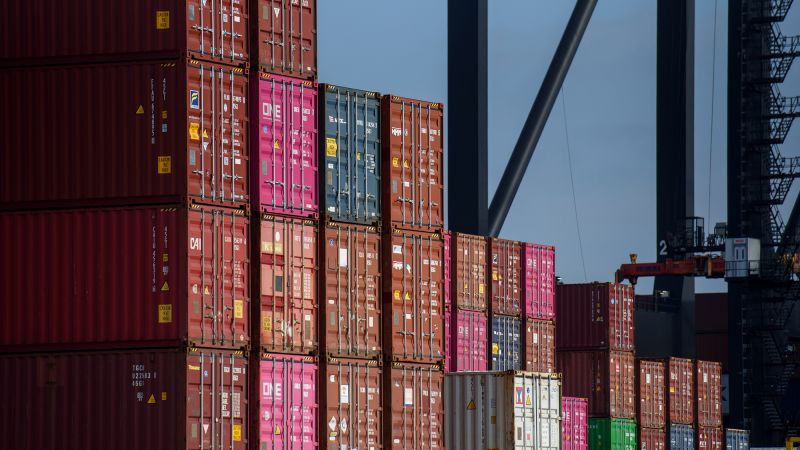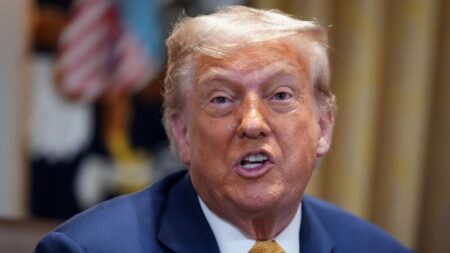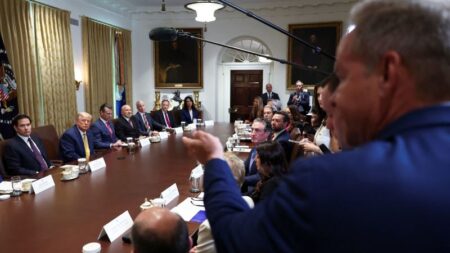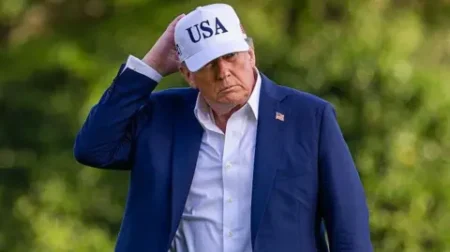The ongoing discourse surrounding President Donald Trump’s implementation of “reciprocal” tariffs has reached another pivotal moment, as the anticipated deadline for these tariffs has been postponed yet again. Initially set for today, the new deadline is now slated for August 1, extending the period of uncertainty for businesses while simultaneously granting America’s trading partners additional time to negotiate trade agreements aimed at sidestepping any significant levies.
From an economic standpoint, this delay has garnered mixed reactions. Many mainstream economists have expressed relief, as tariffs are generally viewed unfavorably due to their propensity to harm both the economy and the consumer. Historically, research indicates that tariffs can diminish economic vitality by raising prices and stalling growth, thus they seldom represent a viable solution to economic challenges. For example, economists suggest that while free trade may lead to certain drawbacks, high tariffs rarely serve as an effective remedy.
Despite their promised benefits, Trump’s tariffs have not yet manifested any substantial impacts on inflation rates, economic growth, or job creation, a phenomena Treasury Secretary Scott Bessent has characterized as “the dog that didn’t bark.” Nonetheless, many expert economists caution that the effects of such tariffs may lag, with potential adverse consequences for inflation and employment becoming apparent later in the year.
A considerable portion of economists, like Antonio Fatas from INSEAD, reaffirm that the advantages of free trade supersede its disadvantages, specifically pointing out the favorable outcomes for both the US and Europe resulting from international trade engagement. Tariffs essentially function as taxes on imported goods, invariably inflating production costs for manufacturers and prices for consumers.
Evidence from the Organisation for Economic Co-operation and Development (OECD) indicates that about 50% of all US imports consist of intermediate products necessary for the production of finished goods, reinforcing the assertion that heightened tariffs pose risks to domestic economic efficacy. Doug Irwin, an expert from Dartmouth College, emphasized that products such as Boeing aircraft or autos manufactured in North America are extensively reliant on internationally sourced components, meaning that increased costs for imports ultimately hinder American manufacturers.
Moreover, historical instances during Trump’s initial term provide insight into the relationship between tariffs and consumer prices. A prior implementation of tariffs on $283 billion worth of imports demonstrated a complete transference of costs to domestic prices, ultimately resulting in an economic burden for American consumers. This trend aligns with the findings of analyst Hugh Gimber, who reported that low tariffs have previously allowed cheaper imports into the US market, contributing to a modest rise in overall prices for goods since 2001.
Forecasters suggest that newly introduced tariffs are likely to drive prices higher in the US, a sentiment echoed by Federal Reserve Chair Jerome Powell, who anticipates increased inflation rates stemming from higher goods prices. Hence, the broader economic implications of such tariffs may extend beyond simple inflation, potentially diminishing the nation’s overall economic output—findings suggested by a 2020 study comprising data from 151 countries.
This economic contraction can be attributed to multiple factors. Lower tariffs enable specialization in sectors where countries excel, as emphasized by Gimber, fostering enhanced economic productivity. Conversely, elevated tariffs can throw a wrench in established supply chains, escalate costs for imported materials, and create pervasive uncertainty over future tariff rates. This ambiguity has already been noted in surveys conducted by the National Federation of Independent Business, which indicate a marked decline in small business investment plans, reflecting businesses’ apprehension regarding forthcoming economic conditions.
Further complicating the effects of tariffs on the labor market, some studies have shown that tariffs can actually lead to increased unemployment rates. Empirical evidence suggests that previous tariff increases, particularly in the steel industry, yielded job losses rather than gains due to broader impacts on downstream sectors that employ significantly more workers than domestic steel production.
Retaliatory measures from international trading partners present an additional risk, as higher tariffs on US exports can suppress demand for American goods abroad. Trump’s trade policies have already prompted responses from other nations, leading to a cycle of reciprocal tariffs that only exacerbates tensions. Economists acknowledge that while free trade has spurred global economic progress, it has inherent costs, particularly for communities affected by foreign competition.
As we contemplate both the benefits and costs of trade policies, including tariffs, it becomes increasingly evident that understanding their broader ramifications is crucial for future economic stability. The sustenance of peaceful international relations may ultimately depend on maintaining open trade channels, suggesting that tariffs may not be the optimal approach for fortifying domestic manufacturing or economic resilience.
In conclusion, the complexities surrounding tariffs necessitate a nuanced dialogue, one that encompasses both the potential harms and benefits of trade policies. Innovation in worker retraining and support for affected communities may pave the way for a more balanced approach to trade, ensuring both economic vitality and social responsibility as we navigate the evolving landscape of international commerce.










